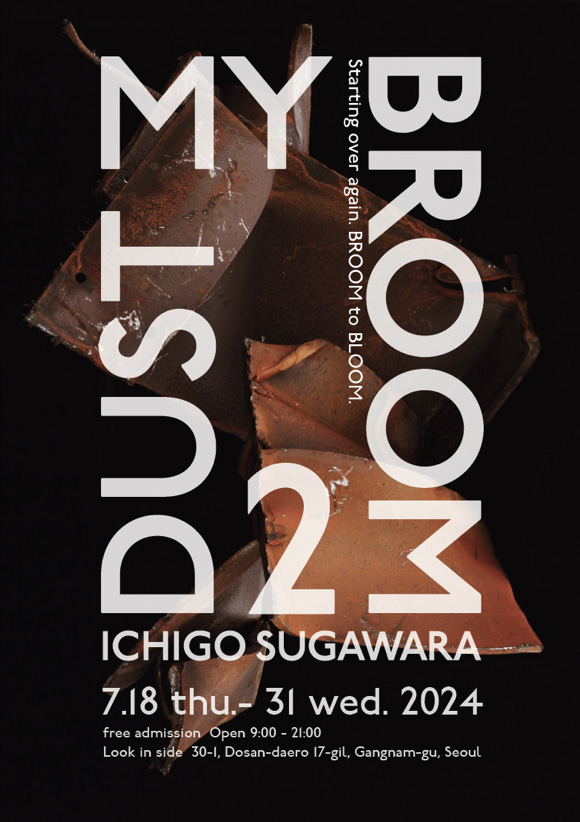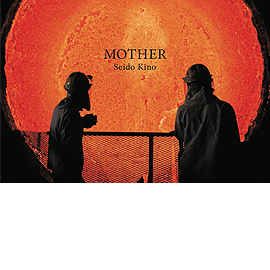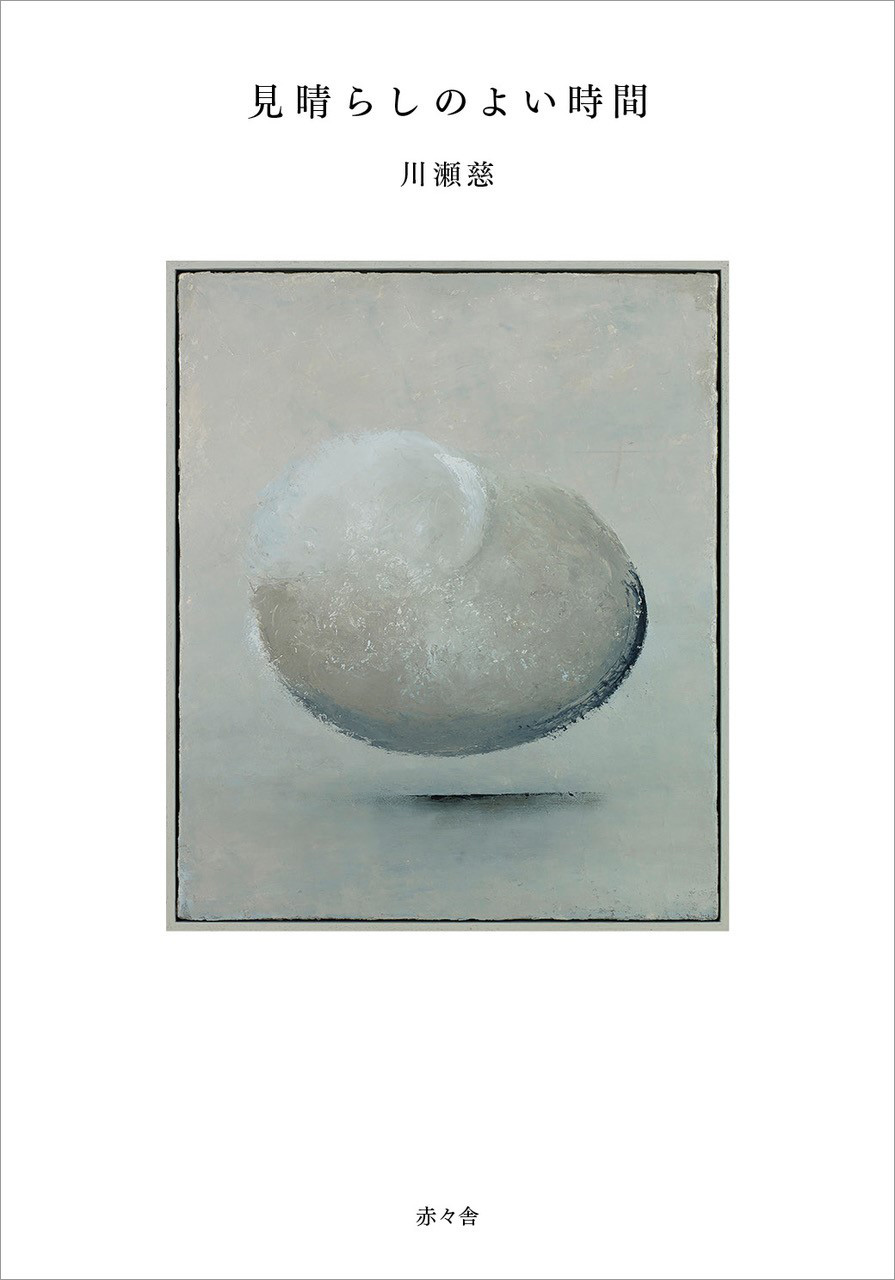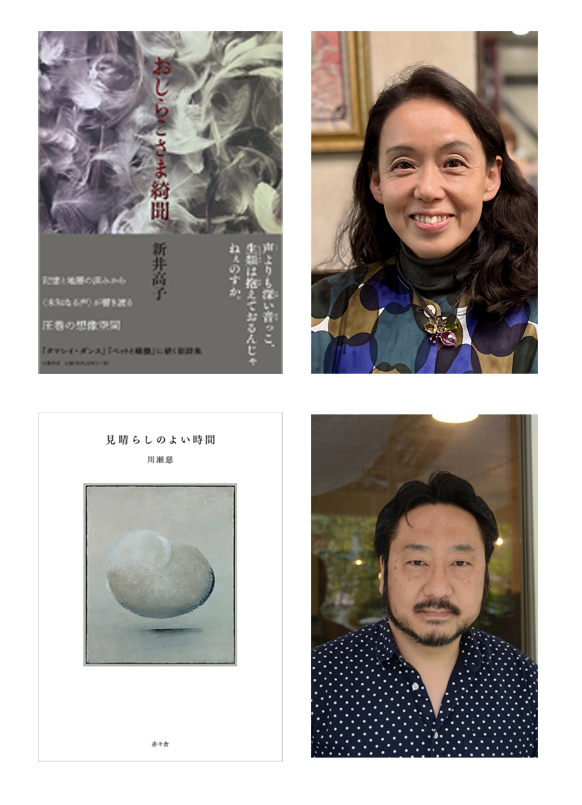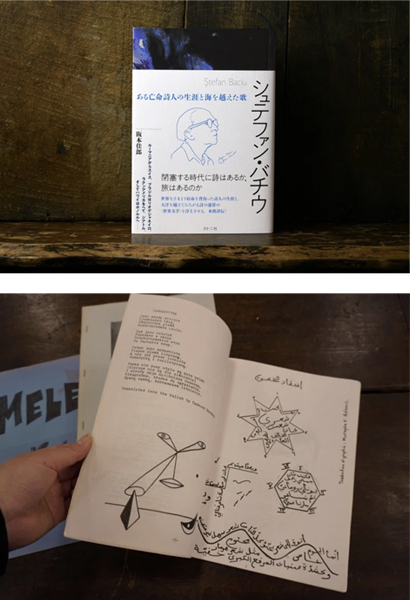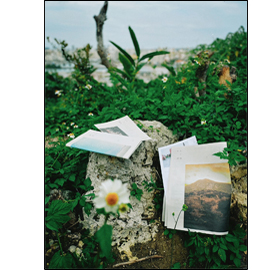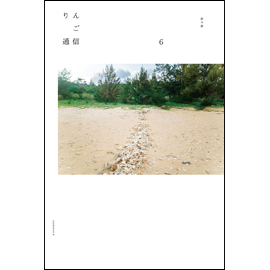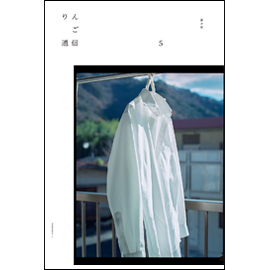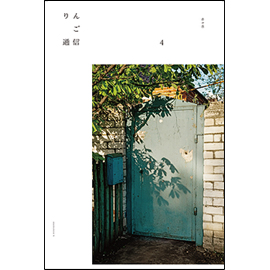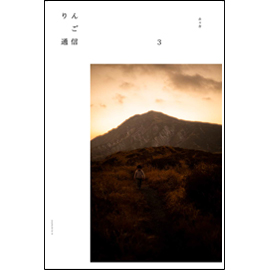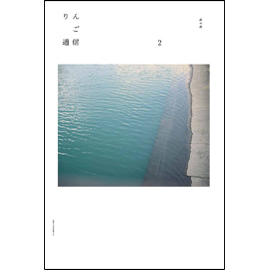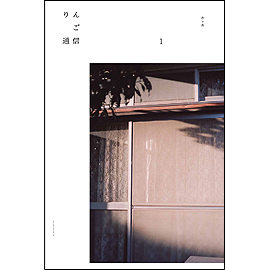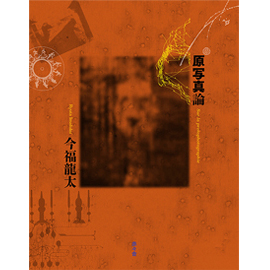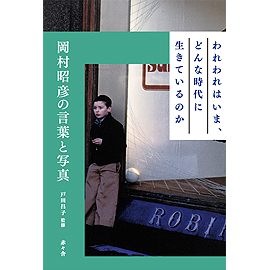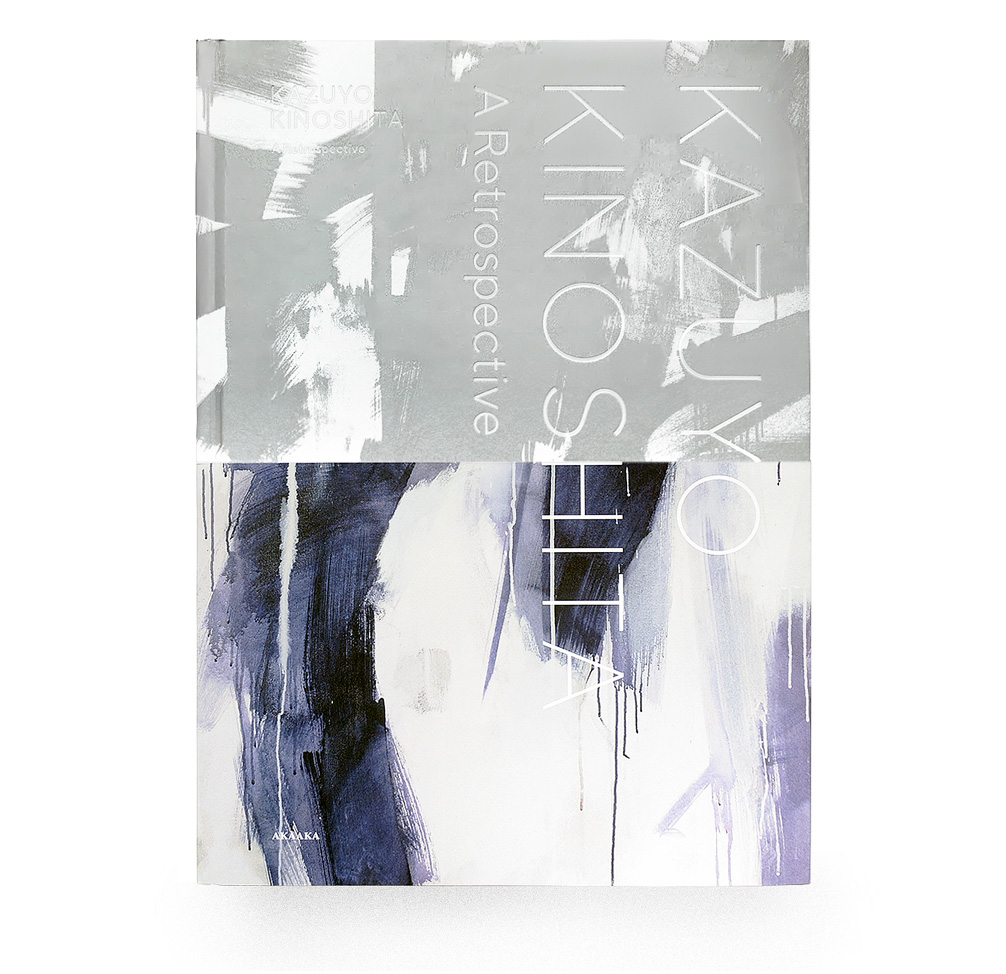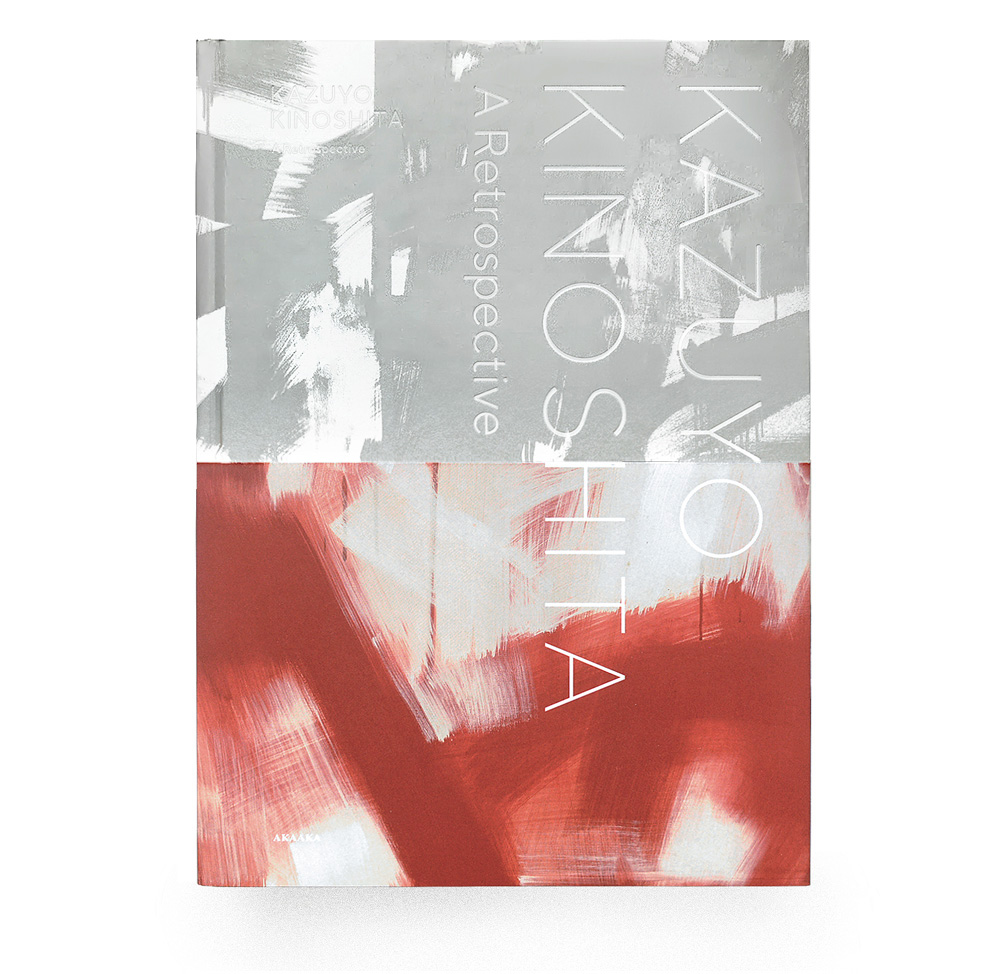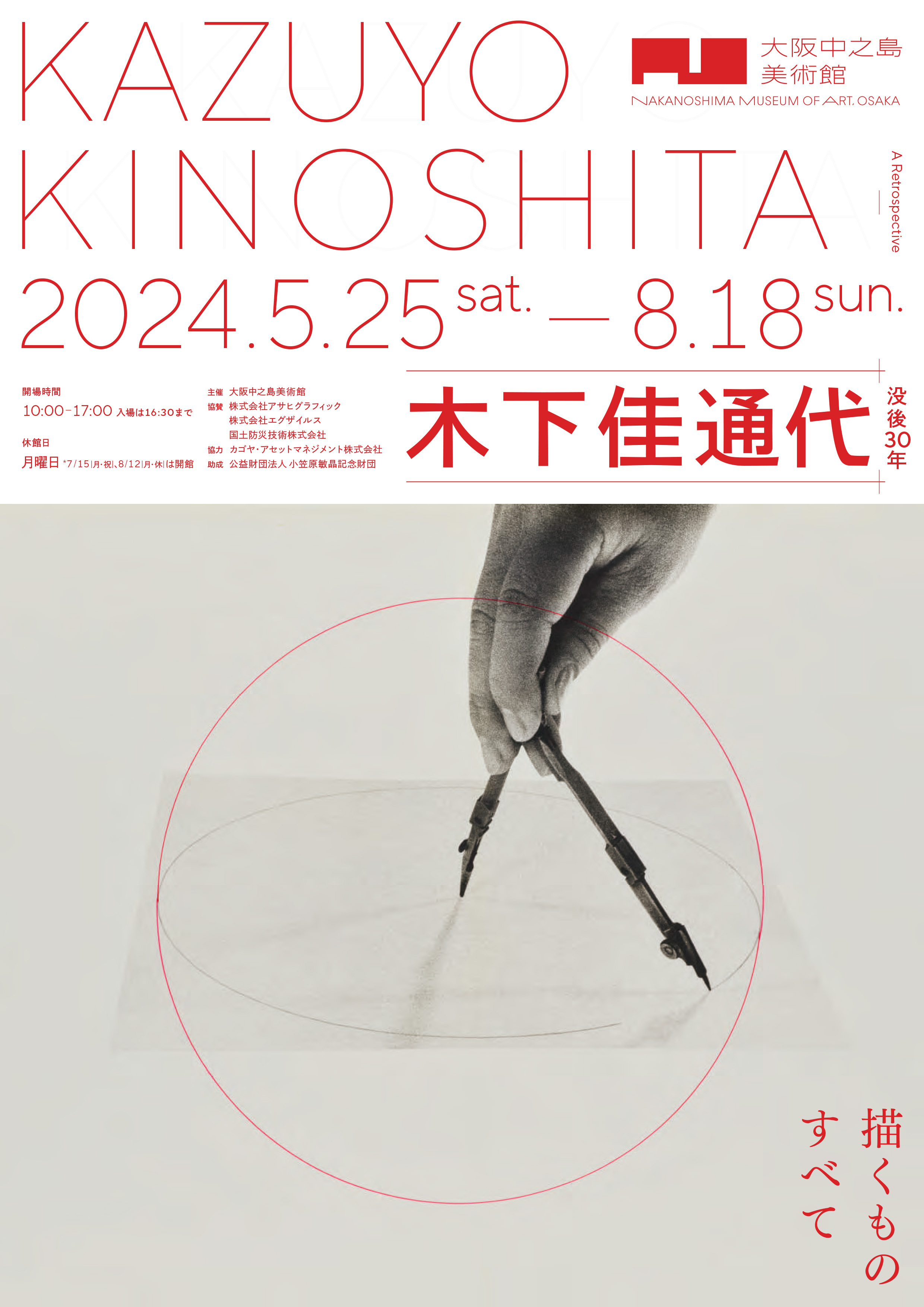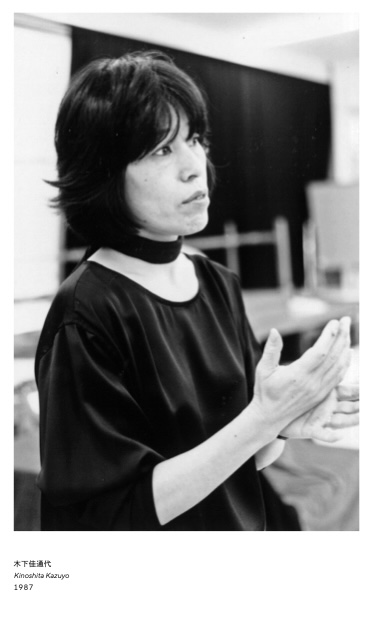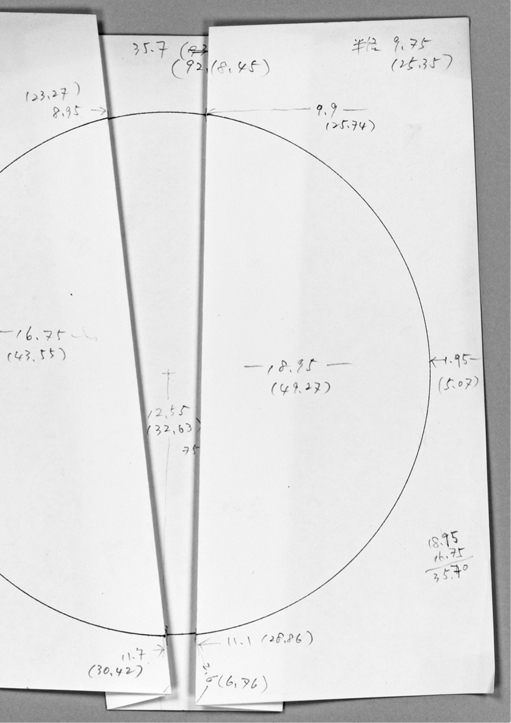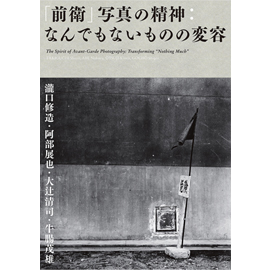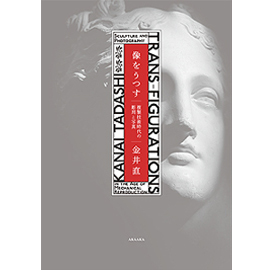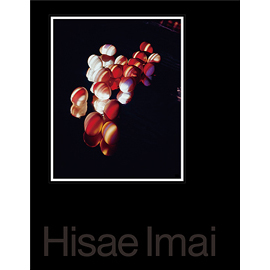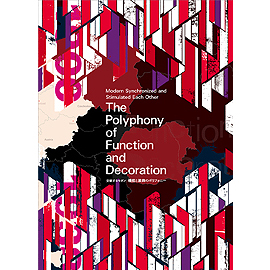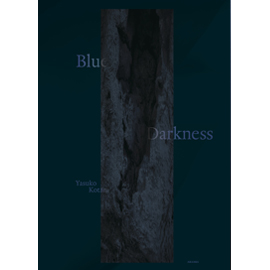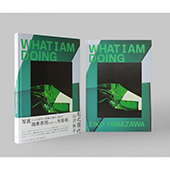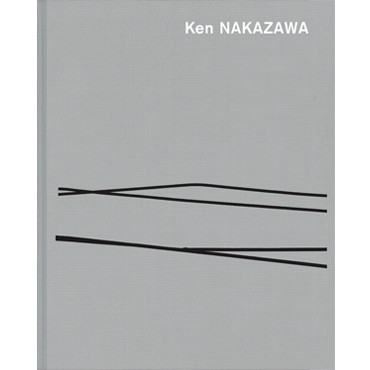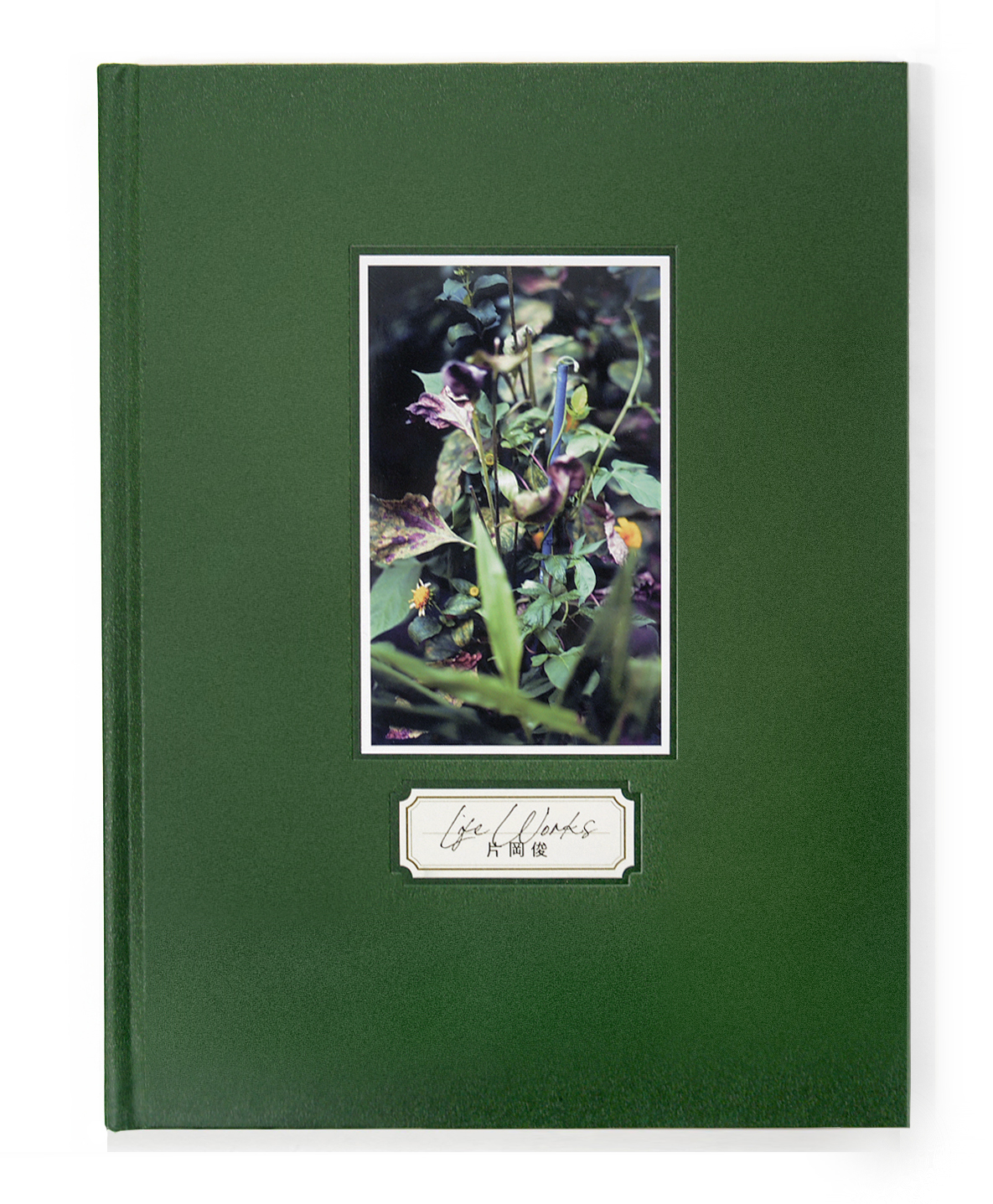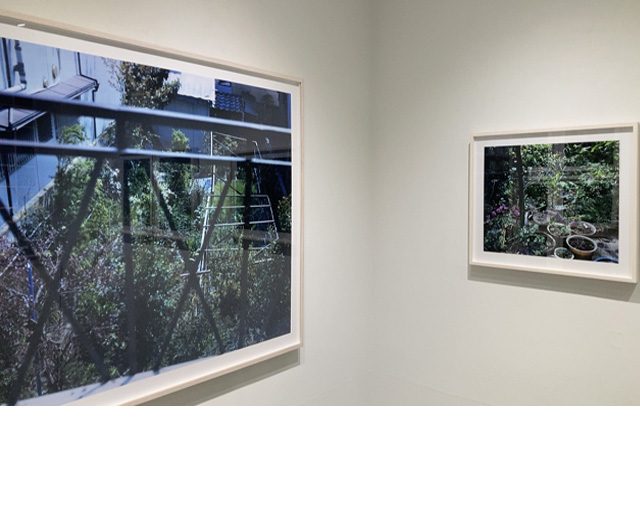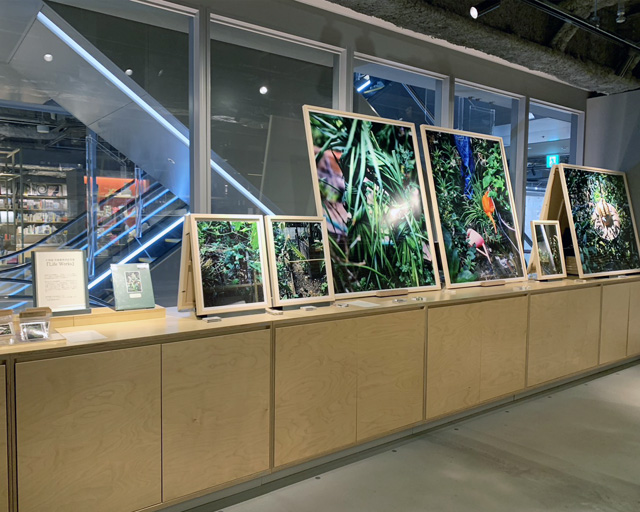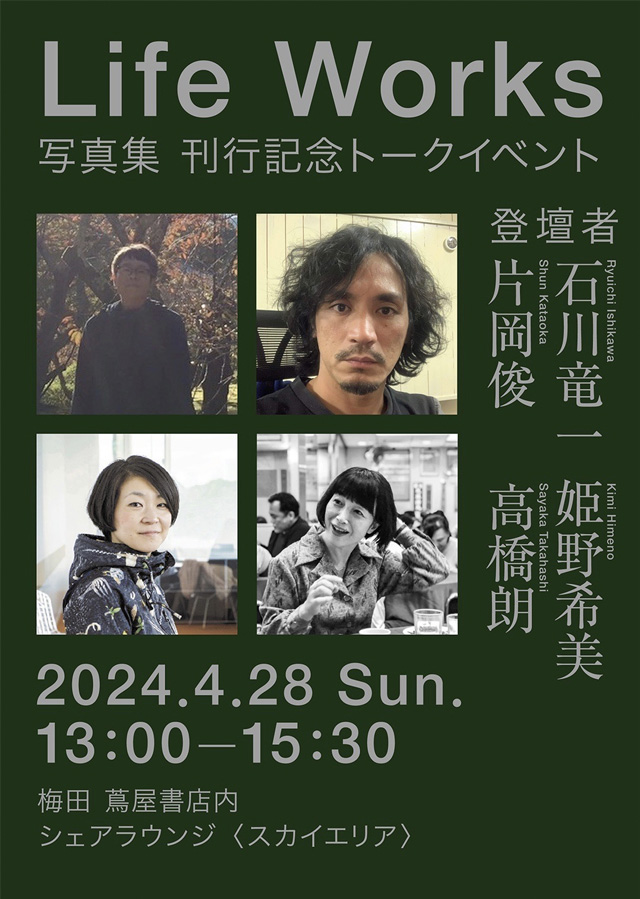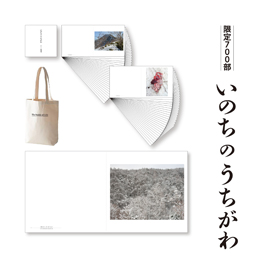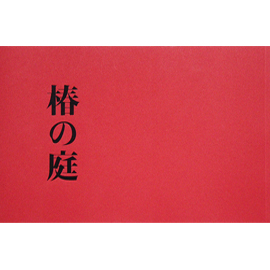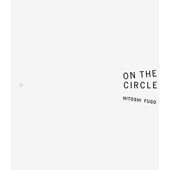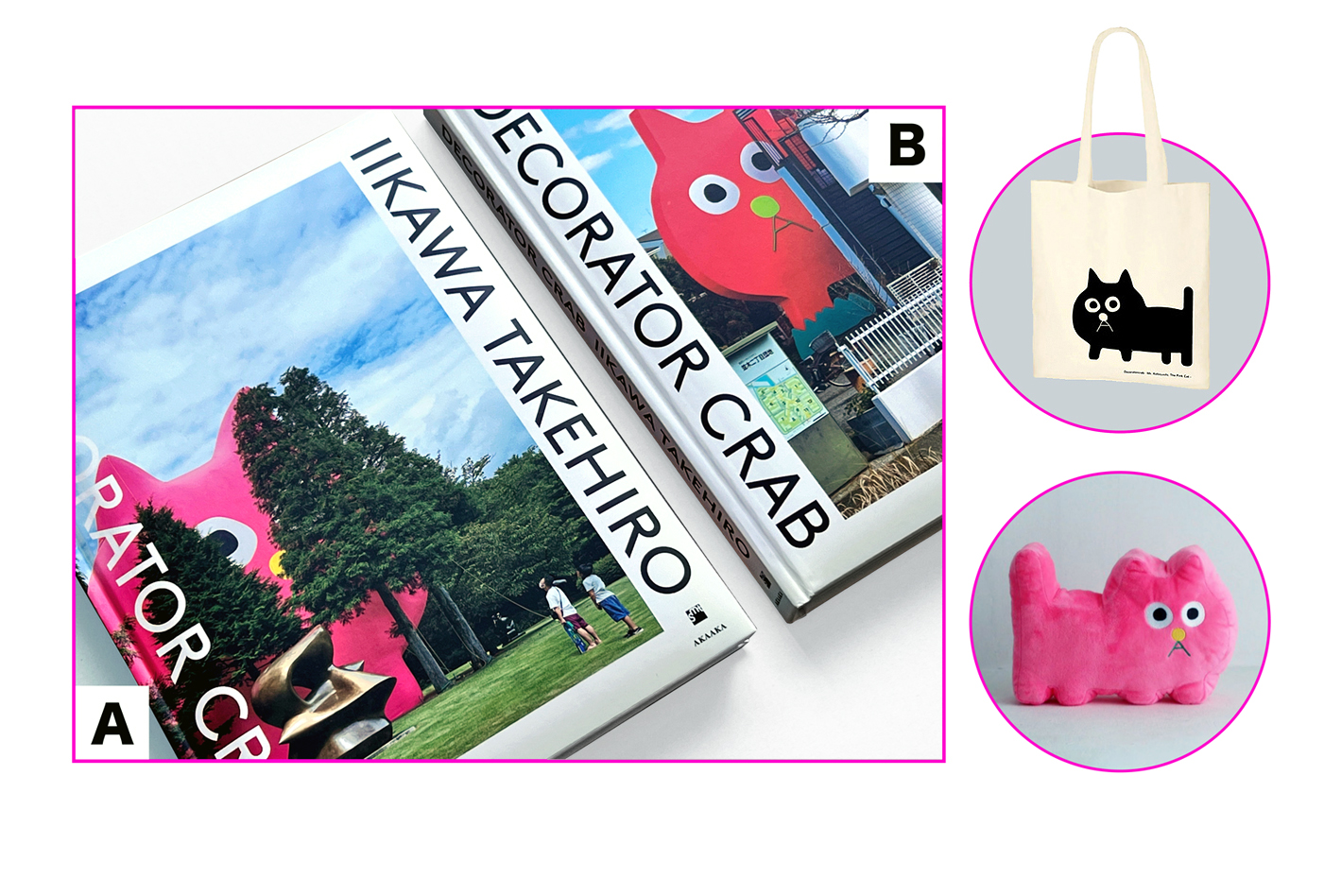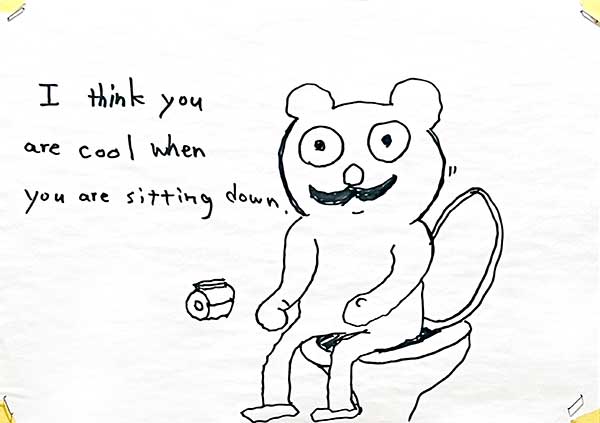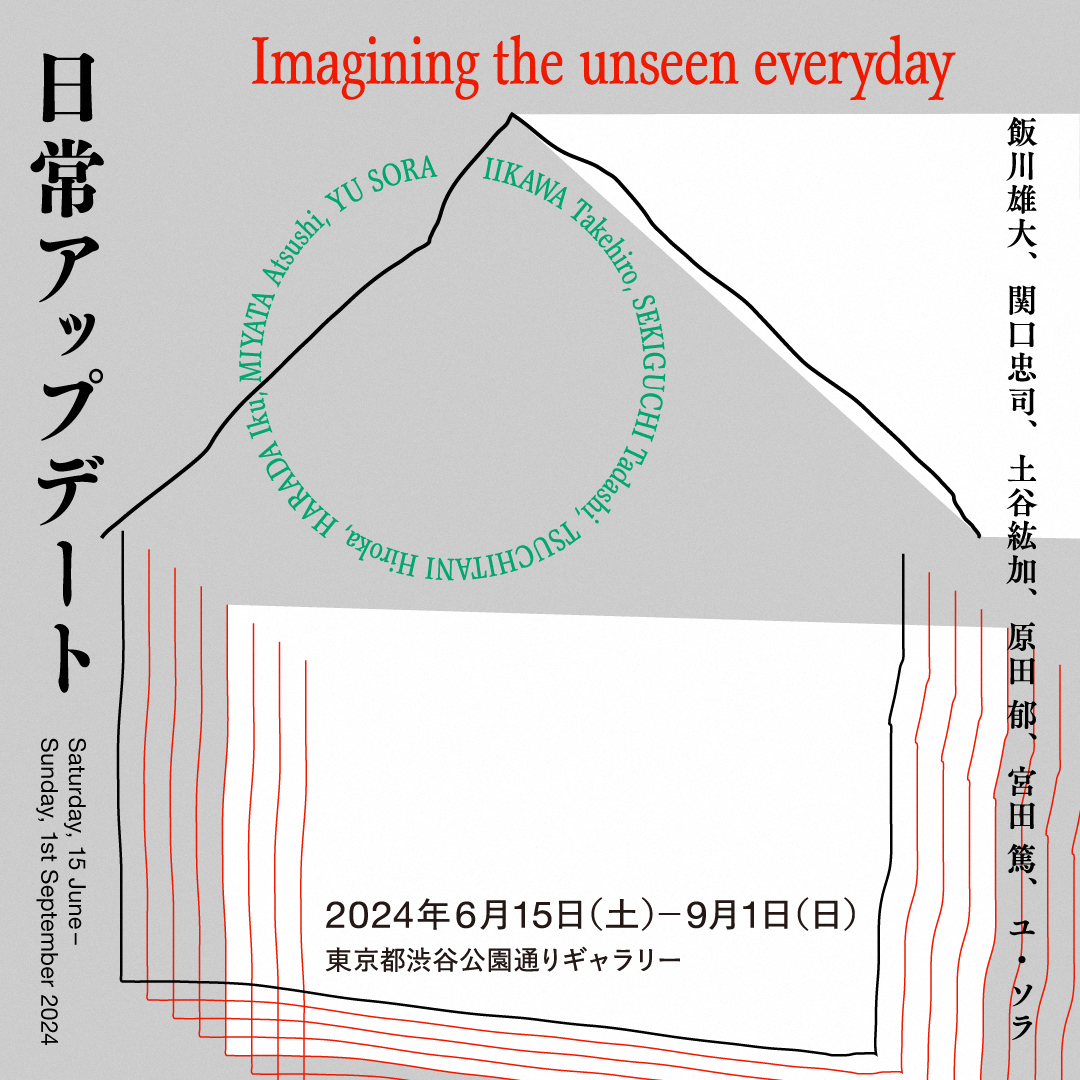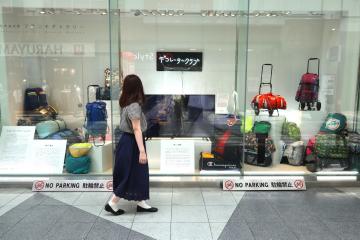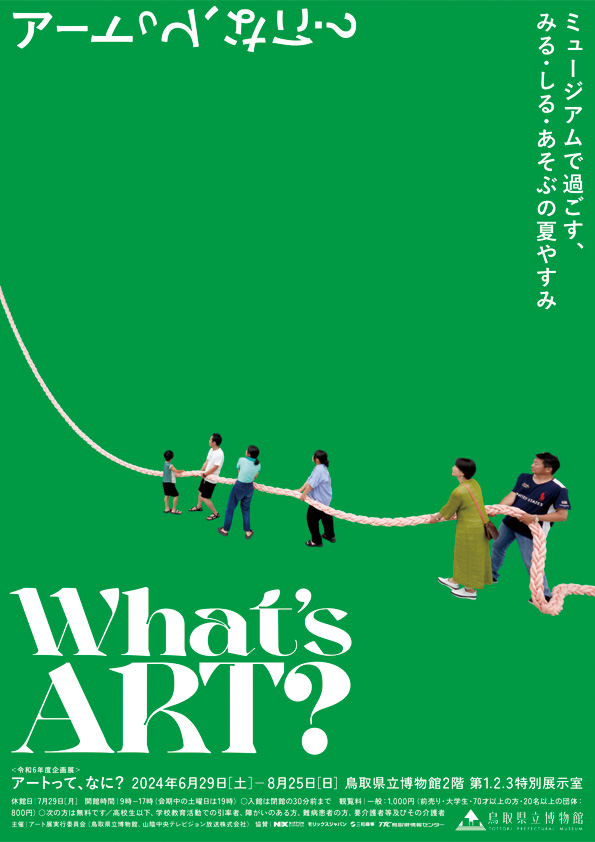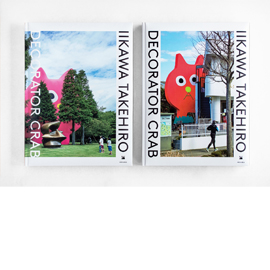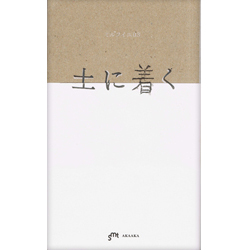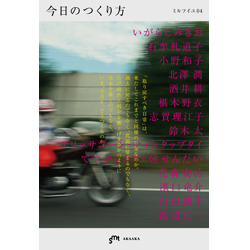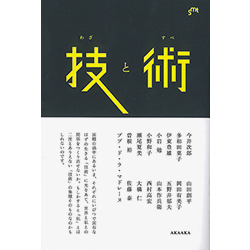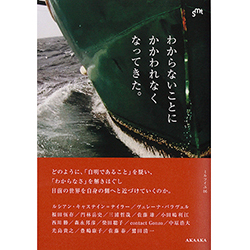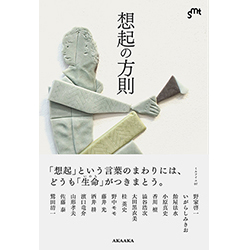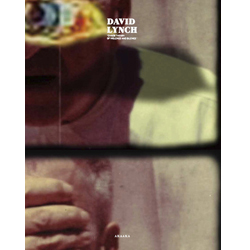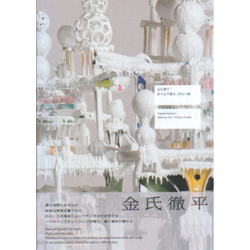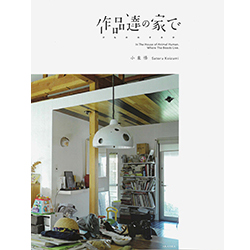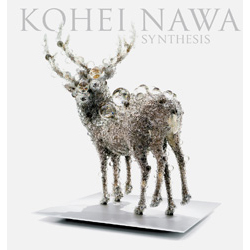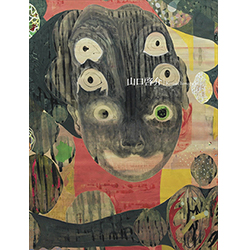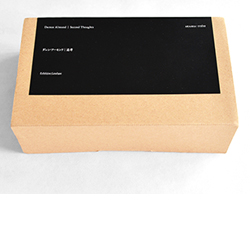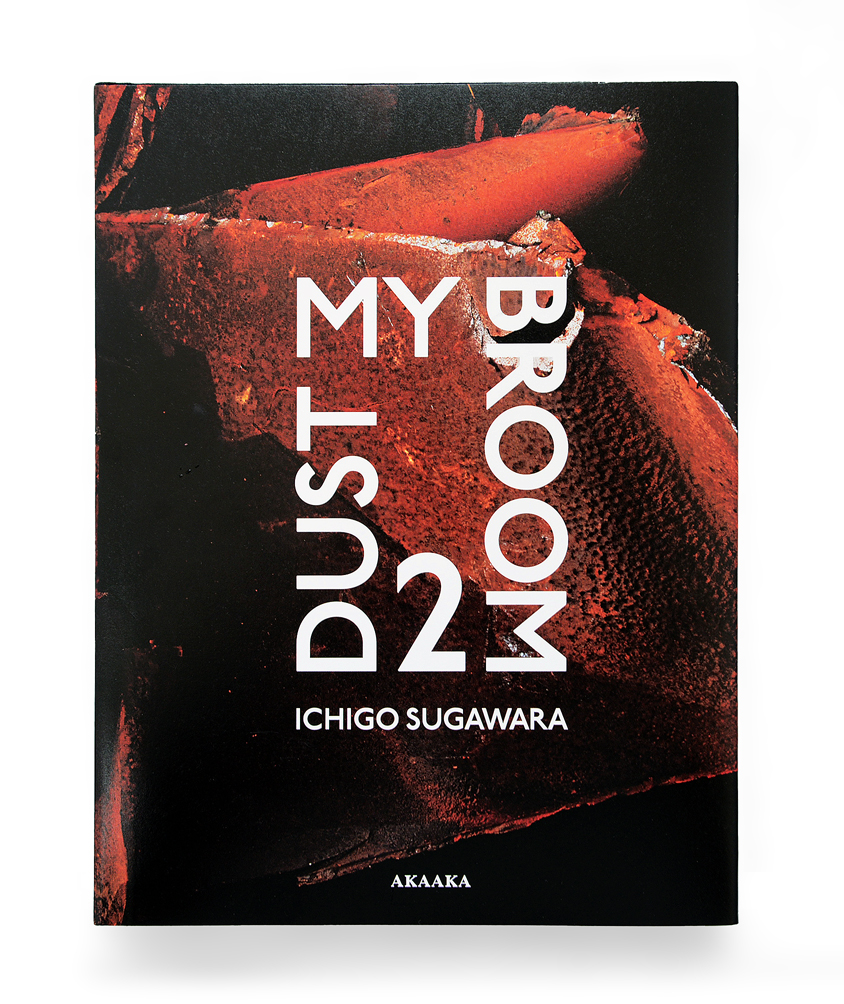
菅原一剛『DUST MY BROOM 2』
発行:赤々舎 Size: H247mm × W189mm Page:226 pages Binding:Hardcover Published in July 2024 ISBN:978-4-86541-186-7 |
¥ 5,000+tax
国内送料無料! お支払い方法は、銀行振込、郵便振替、 クレジットカード支払い、PayPal、PayPay よりお選び頂けます。 |
|---|
About Book
菅原一剛が写し出す これからの"再生"のすがた
DUST MY BROOM 2
Ichigo Sugawara
Fifteen years have passed since the photobook DUST MY BROOM was first published. Waste changes with the times. For example, cathode-ray tube TVs, which were once a feature of every household, have been replaced by liquid crystal display TVs; as a result, CRTs have disap- peared from recycling sites. Another example is the popularity of PET bottles that has resulted in enormous consumption of PET bottles now- adays. Accompanying the needs of the changing times, recycling processing systems and sorting machine technology have continued to evolve day by day.
The general public tends to focus on recycling of plastics, but the title role in recycling needs to go to ferrous and non-ferrous metals. In the aftermath of the Great East Japan Earthquake that occurred in 2011, Seinan Corporation was responsible for processing much of the debris. As I looked at the site, I realized the importance of recycling the metals contained in the vast amount of debris. Island nations such as Japan have a scarcity of iron and other metal resourc- es. This is precisely why metal recycling be- comes all the more important.
And one more thing. In Japan, the concept of regeneration is firmly rooted in the culture and way of life. The forms of regeneration manifest- ed in daily life are very beautiful. Nowadays, even in the field of traditional crafts, new approaches to regeneration are being explored, especially by young people.
Protection of beauty Creation of beauty
Surely the simultaneous pursuit of these two endeavors is what is required of us living in the present day and of the work of recycling for the future. Until now, the entire system and stages of recycling have primarily been perceived as the work of "processing." However, recycling in the future will most likely move toward being the more active work of "creation." It is this endeav- or that will shape the new approach to recycling.
As I move forward on my recycling journey, within the act of recycling I will focus my aware- ness even more firmly on the moments and forms of "Blooms" that emerge from even the smallest acts and the smallest beginnings.
To starting over again. From BROOM to BLOOM.
Ichigo Sugawara
"DUST MY BROOM" is a signature song by the American slide guitar master Elmore James. While the phrase originally means "to dust off a broom," in the context of blues music, it is used as a metaphor for "starting over." Therefore, here, it is interpreted as a phrase representing the "power to regenerate."
Related Exhibition
菅原一剛 写真展 「DUST MY BROOM 2」in SEOUL 会期:2024年7月18日(木)〜7月31月(水) 時間:9:00〜21:00 会場:Look-in-Side(555-14 Sinsa-dong, Gangnam-gu, Seoul) 火休み |
|
Artist Information
菅原一剛
Ichigo Sugawara
Born in 1960, graduated from Osaka University of Arts with a degree in Photography. After studying under Osamu Hayasaki, began working as a photographer in France. He has held numerous solo exhibitions and has worked as a cinematographer. In 1996, the film "Blue Fish," for which he served as the cinematographer, was officially invited to the Berlin International Film Festival. In 2004, his works were included in the permanent collection of the French National Library. In 2005, he participated in the "Made In The Shade" exhibition at New York's Pace Mac/Gill Gallery alongside Robert Frank. His works are also in the collection of the Hanmi Museum of Photography in Korea. In 2005, he served as the opening director for the anime "Mushi-Shi," among other diverse activities. In 2023, he held a solo exhibition "Emission" at the Aomori Museum of Art. In the same year, he published "MAKINO: Portraits of Plants" (Kitora) and held an exhibition of the same name at the Kochi Prefectural Makino Botanical Garden in July. He is a long-time photographer for the Japanese Red Cross Society and a vis- iting professor at Osaka University of Arts.
Related Items
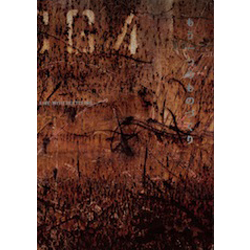
|
|
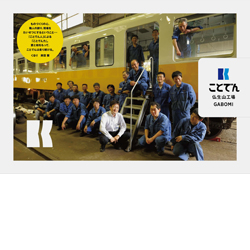
|
|---|

